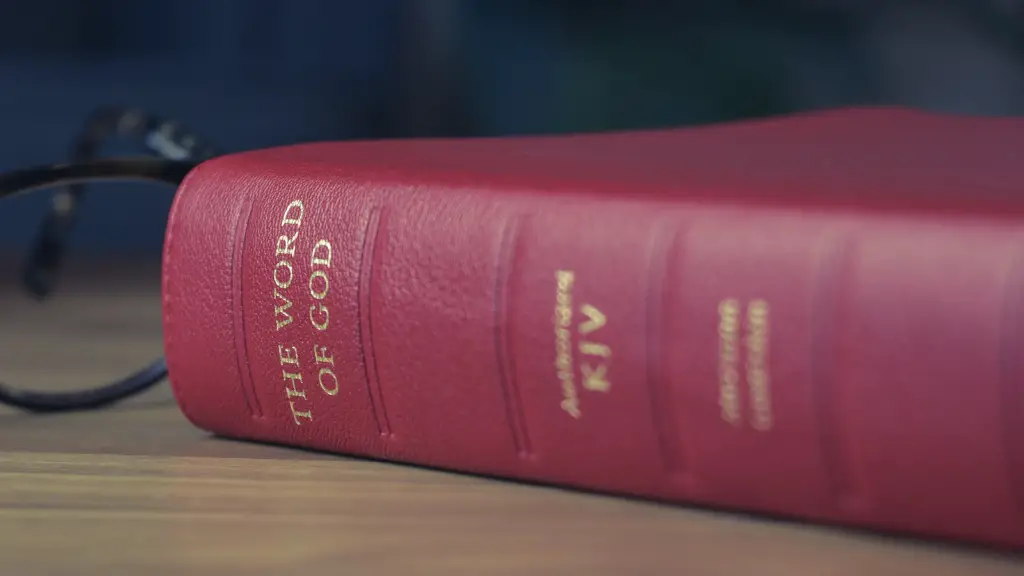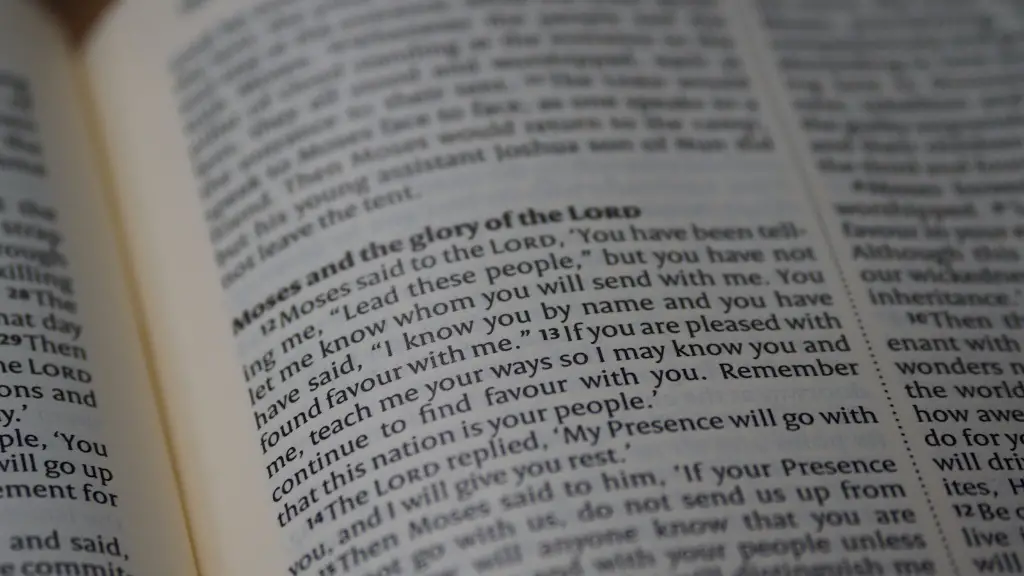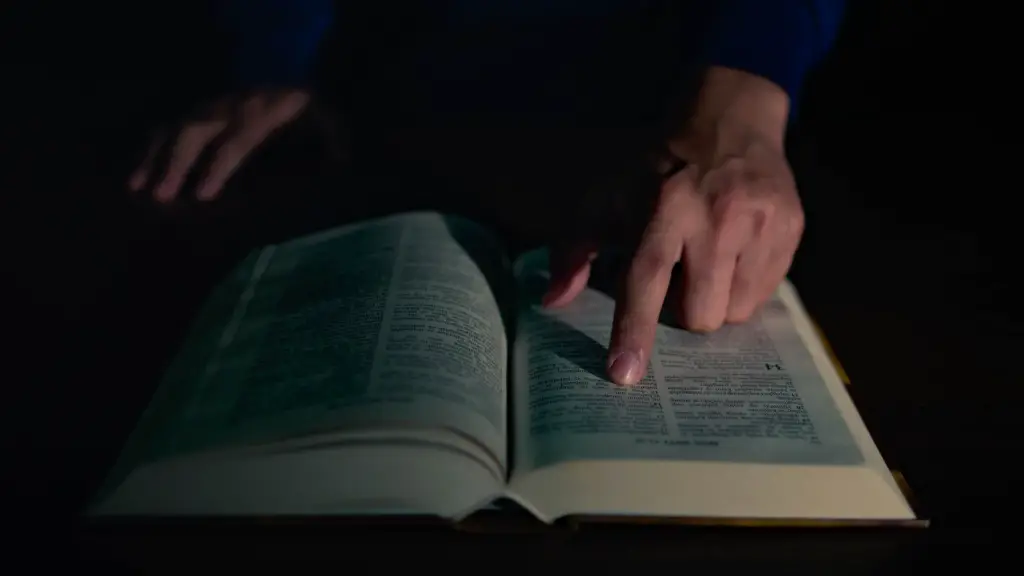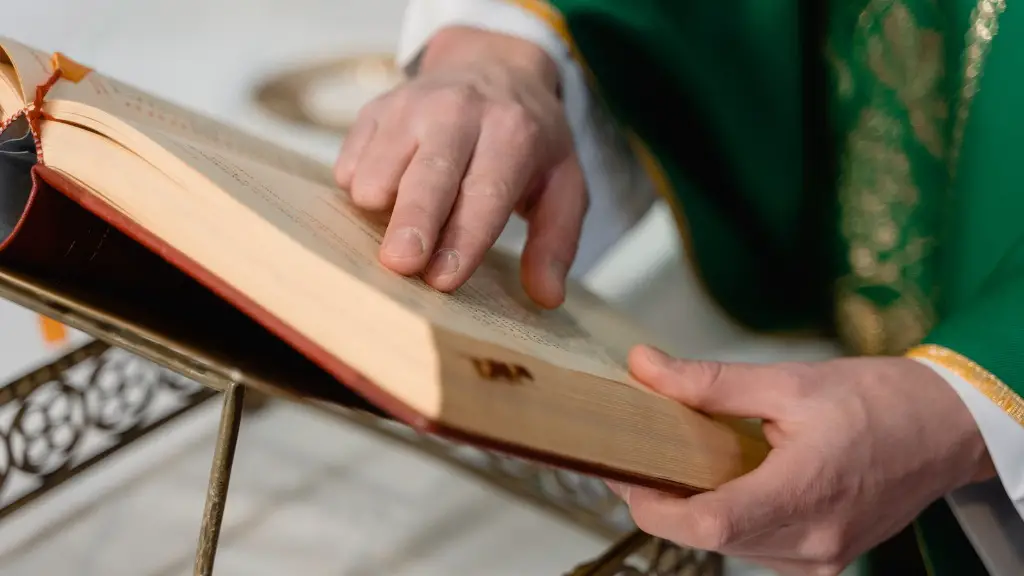It was a story of faith and grace. A woman of no name and only a few lines in the Bible narrative. Yet, in the Old Testament Book of John, she is one of Jesus’s most enigmatic and often cited examples. Who was the woman caught in adultery in the Bible, and why did Jesus spare her from the horrible punishment prescribed in the Law?
The story of the woman caught in adultery is one of the most famous passages in the Bible. It is found in John 8:1-11 and is the only place in the Bible where this event is recorded. According to some Biblical scholars, the scene is set in a court of law that sits outside the Essene Temple in Jerusalem. In this court, the teachers of the Law, the Pharisees, bring Jesus a woman “taken in adultery” who is to be sentenced to death according to Jewish law.
As Jesus responds to the Pharisees’ accusations, He asks them: “He that is without sin among you, let him first cast a stone at her.” After pointing out the complete hypocrisy and sinfulness of those who wish to condemn her, He tells the onlookers to leave one by one and, when the last of the Pharisees had gone, Jesus asks her where her accusers were, then simply says “Go, and sin no more.”
At first glance, one may think that this story is simply a lesson in forgiveness. Jesus sets aside the Law, and instead shows mercy on the woman. But Biblical scholars and researchers argue that there is more beneath the surface. Some argue that Jesus was challenging the double standard of the Law, as both men and women guilty of adultery were punishable to death, and yet the man found with her is nowhere to be found in this tale. Others argue that Jesus wasn’t trying to forgive her from her adultery but was instead encouraging her to invest in a relationship with God so that she may never commit those sins again. This provides a beautiful reminder that God, who is omniscient and all-knowing, does not just condemn His children, but instead shows them grace, even when they transgress His Laws.
Rise of Women’s Rights Movement in Old Testament
In the Old Testament, the assumption of a woman’s inferiority was justified by the general belief that women were spiritually and emotionally weaker than men. The teachings of Jesus, in particular the example of the woman taken in adultery, suggest a desire to weaken the rigid oppression of women that had been commonplace since ancient times. Jesus indicated a shift in the way women were viewed, by offering them the same possibility to receive divine grace and forgiveness as men did. Therefore, Jesus’ response to the case of the woman caught in adultery has developed into an example of justice and mercy, rather than a reminder of the woman’s inferiority and lack of rights.
Furthermore, some suggest that Jesus’s attitude in this story is a significant turning point in the rise of the Women’s Rights Movement in Old Testament. Jesus was well known for treating both men and women with the same respect, and in His own way, both He and the woman in this story pose a significant challenge to the common(ly) accepted norms of the time. When Jesus refuses to condemn her, and instead invites her to seek forgiveness from God, He sets a powerful example of how justice and mercy should go together and encourages a spirit of equality between men and women.
In Christian tradition, the story of the woman caught in adultery is a powerful reminder that Jesus himself was a revolutionary figure, one who actively discounted the societal limitations of the day and instead showed compassion to those who called out for it.
Conclusion for an Ongoing Debate
To this day, the story of the woman caught in adultery provokes sometimes heated debates among Christians. But at its core, the story transcends religion and becomes a metaphor for understanding mercy and justice, as well as humanity’s capacity for both.
Ultimately, the passage serves as a beautiful reminder that whatever our sins may be, God offers us the chance to receive His mercy and grace, if we are willing to accept it. The woman caught in adultery exemplifies the pure mercy of Jesus, who has given us the same chance of redemption, no matter who we are.
Taking a Closer Look at the Law
The story of the woman caught in adultery also raises important questions about our understanding of the nature of the Law. By choosing mercy and not the letter of the Law, Jesus suggests that there may be times when justice does not supersede mercy, and that it is essential to uphold the spirit of the law, even when the letter of the law may need to be ignored. Many Christians believe that this passage is a reminder of the importance of compassion in justice, and of mercy in our own lives.
Our understanding of the woman caught in adultery should focus not only on what Jesus did for the woman in question, but also on the implications of His actions on our understanding of justice and mercy in contemporary life. Mercy and justice should be balanced, and we should always strive to uphold the spirit of the Law.
What Can We Learn?
It’s quite easy to draw conclusions and make assumptions based on a story of two thousand years ago, but we should be careful not to miss the point of this story and its implications on contemporary life. The story of the woman caught in adultery is an important reminder that justice and mercy must co-exist, and that our judgments must be tempered by a spirit of compassion.
This story is not only about a woman’s personal struggle and redemption, but is a call to all of us to never forget that justice must uphold our capacity for mercy, and that mercy will always have the final word.
Modern Implications of the Story
Jesus’ mercy and justice in the face of the woman caught in adultery have come to represent a modern model for understanding victimization and emancipation. The story provides a lens through which a person may be seen as a victim of both the Law and prejudice, yet be offered a way out through mercy and understanding. As such, it has been used in popular culture to explore those issues, both at a critical and, in some cases, at a more practical level.
In the last few decades, the story of the woman caught in adultery has become a widely recognized symbol of redemption, and of a society’s capacity to be more tolerant and less judgmental. This story is also a reminder that Jesus did not merely set aside the Law, but instead showed us how justice and mercy must go together, something which remains as relevant today as it was two thousand years ago.
The Role of Forgiveness
At the heart of the story of the woman taken in adultery is an idea that forgiveness has a special place in our lives and that, although justice must always be respected, our capacity to forgive and to redeem others should never be underestimated.
Forgiveness is often seen as a sign of weakness or cowardice, when in fact it is a sign of strength. In this story, Jesus is a beacon of hope and a reminder of the power of forgiveness. He shows us that mercy is an integral part of justice, and that our capacity to forgive is a sign of our own redemption.
To Jesus, we can turn to for strength and guidance – to learn how to practice the greatest forms of mercy by forgiving others and ourselves.
The Significance of Jesus’s Mercy
In conclusion, the story of the woman caught in adultery reveals Jesus’s capacity to show mercy and grace to those who were considered as outcasts. This woman’s story has been an admirable example of how one can rise from disgrace and embarrassment, through the power of Jesus’s mercy. In this way, Jesus is not only judged for his judgement, but also viewed as an example of the great power of mercy.
Today, it is important to remember that the story of the woman caught in adultery teaches that justice and mercy often walk hand in hand. As we live our everyday lives, we must not forget Jesus’s message of love, grace, forgiveness and hope, so that together we can do our best to make the world a better place.





